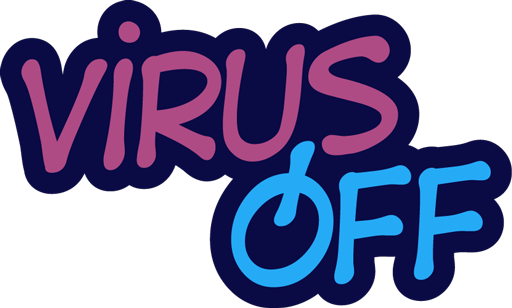In a new report to the 79th session of the UN General Assembly, the Secretary-General takes stock of the global fight against HIV/AIDS and identifies key challenges on the path to achieving the goal of ending the epidemic by 2030. The document notes that despite significant progress, it remains uneven and fragile, especially in low- and middle-income countries.
UN Secretary-General António Guterres presented his annual report on the progress of the Political Declaration on HIV/AIDS, and his conclusions are optimistic but alarming at the same time. The world has all the tools it needs to end the epidemic by 2030, but progress is too slow and uneven, and most importantly, it is threatened by a lack of funding, stigma, discrimination and weak political will in some countries.
Statistics: achievements and challenges
As of the end of 2023, 39 million people worldwide were living with HIV. Of these, 86% are aware of their status, 76% are receiving antiretroviral therapy, and 71% have suppressed viral loads. This means that treatment effectively suppresses the progression of the disease and prevents transmission to others.
However, 9.2 million people still do not receive treatment. Even more alarming is the fact that in 2023, there were 1.3 million new cases of HIV infection and approximately 630,000 AIDS-related deaths. The highest rates of new cases are among young people, women, and key populations, particularly people who use drugs, LGBTQI+ people, sex workers, and migrants.
The main threat is funding cuts
The most pressing issue highlighted in the report is the funding gap. At least $29.3 billion is needed annually to effectively combat HIV. In 2023, global spending totalled only $20.8 billion, which is $8.5 billion less than needed. Moreover, only 12% of total funding comes from international donors, with the rest coming from national budgets.
Programmes for key communities have been hit hardest, especially in low- and middle-income countries, where government systems often fail to take responsibility for full funding. Cuts in aid mean the closure of testing centres, a lack of antiretroviral drugs, insufficient numbers of social workers and limited access to prevention.
Stigma and criminalisation are barriers that kill
A separate section of the report is devoted to the impact of discriminatory policies on the spread of HIV. More than 130 countries still have laws that criminalise HIV-positive individuals or behaviour associated with key populations. This practice forces people to avoid seeking help for fear of persecution, social exclusion or even imprisonment.
For example, only 38% of people who inject drugs have access to harm reduction programmes. And among sex workers, the coverage rate for basic health services does not exceed 60%. This is evidence that without policy changes, it will be impossible to overcome the epidemic.
Investing in equality is the most effective approach
The report cites numerous examples of countries that have made significant progress through reforms. Uganda has managed to reduce new cases by 57% over the past 10 years. In Thailand, treatment coverage has reached 96%, and in Namibia, 93%. In these countries, the state cooperates with civil society organisations, repeals repressive laws and provides stable funding.
UNAIDS calls on all countries to review their national strategies in line with the global strategy ‘End Inequality, End AIDS,’ which sets out 10 specific goals: from repealing discriminatory laws to increasing community participation in decision-making and creating conditions for universal access to services.
Now or never
The UN Secretary-General sums it up: we have all the tools we need to stop HIV as a threat to public health. But the window of opportunity is closing fast. If the world does not invest in equity, prevention and treatment today, tomorrow it will face a resurgence of the epidemic, increased mortality and economic losses.
Every dollar invested in the fight against HIV returns tenfold in the form of lives saved, reduced healthcare costs and human development.
The report is available at:
English version of the report: “The urgency of now: AIDS at a crossroads – progress report on the 2025 targets and strategic directions for the future”
Russian version of the report: «Срочная необходимость: СПИД на перепутье» — доклад о ходе выполнения задач на 2025 год и о стратегических направлениях на будущее»
As a reminder, Donald Trump’s administration is ending funding for the UN programme to combat HIV/AIDS (UNAIDS). This was announced by Peter Morocco, who is responsible for closing USAID programmes. In a letter to UNAIDS, Peter Morocco stated that funding is being discontinued ‘for convenience.’



